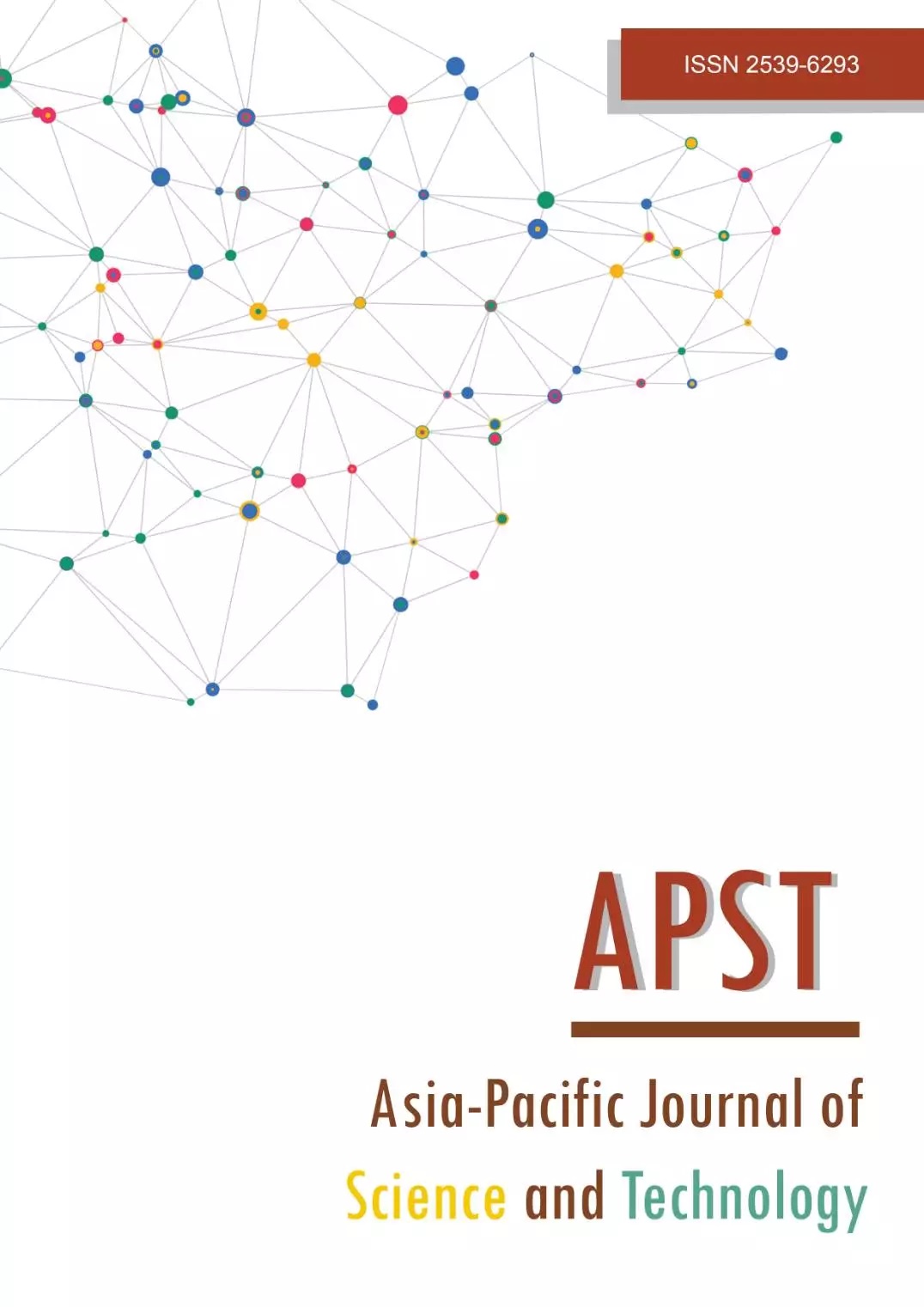Performance evaluation and business model analysis of the modified jute fiber extraction machine
Main Article Content
Abstract
Karupannya (KP) Rangpur Ltd has imported a jute fiber extraction machine from Zhengzhou Shuliy Machinery Company Ltd, China, and it was not working properly in Bangladeshi condition. We redesigned and fabricated the machine at local metal workshops in Bangladesh and evaluated its performance following three business models after modification and also branded with the name “Aashkol.” in four districts of North-west Bangladesh during the jute harvesting time of 2017-19. Forty Aashkol were evaluated using three types of jute, such as Deshi, Tossa, and Kenaf and 10 Aashkols were selected for machine performance evaluation and performance compared with the Imported KP model machine.The jute stem input capacity (4.99 ton/h) of the redesigned Aashkol was 48% higher than the capacity (3.38 ton/h) of the KP imported machine where the ribbon out-put capacity was significantly higher than the KP model. The highest jute stem input capacity of Aashkol was found for Kenaf (5.94 ton/h). The highest ribbon out-put was 1.69 ton/h for Kenaf followed by Tossa and Deshi variety of jute. The highest fiber yield was found at 3.21 ton/ha for using Aashkol based extraction and retting method, which produced a 9% higher yield than the traditional retting method. Extraction and improved retting method with Aashkol required 91% less labor compared with the conventional method. Significantly lowest retting time was found from Aashkol based retting and saved 45% retting time. Among the three business models for Aashkol, the multipurpose use model was the most profitable and recommended to demonstrate the machine widely.
Article Details

This work is licensed under a Creative Commons Attribution-NonCommercial-NoDerivatives 4.0 International License.
References
Sirohi N. Eco friendly fibres. Int J Home Sci. 2016;2(3);24-26.
Food and Agriculture Organization of the United Nations [Internet]. Rome: The Organization; c2021. Future Fibres. [cited 2018 Sep 1]. Available from: http://www.fao.org/economic/futurefibres/fibres/jute/en/.
Bangladesh Bureau of Statistics. Yearbook of agricultural statistics of Bangladesh-2008. 20th ed. Dhaka: The Ministry; 2009.
Uddin MJ, Hossain JJ, Hoque A. Present conditions of jute sector in Bangladesh. Banglavision. 2014;14(1):68-79.
Bangladesh Bureau of Statistics. Yearbook of agricultural statistics of Bangladesh-2018. 30th ed. Dhaka: The Ministry; 2019.
Sheheli S, Roy B. Constraints and opportunities of raw jute production: a household level analysis in Bangladesh. Progress Agric. 2014;25:38-46.
Ghimire TB, Thakur NS. Constraint and opportunity of raw jute production: a case study of eastern Terai, Nepal. Agron J Nepal. 2013;3:117-122.
NANOPDF [Internet]. California: The Incorporation; c2017 [cited 2018 Apr 30]. Low-Cost Retting of Jute/Kenaf/Mesta for quality up-gradation. Available from: https://nanopdf.com/download/low-cost-retting-of-jute-kenaf-mesta-for-quality-up_pdf.
Islam M, Rahman M. Advances in jute and allied fibres post- harvest processing technologies in Bangladesh: adoption constraints, prospect and future thrust. WJSR. 2013;1(2):20-30.
Banik S, Basak MK, Paul D, Nayak P, Sardar D, Sil SC, et al. Ribbon retting of jute – a prospective and eco-friendly method for improvement of fibre quality. Ind Crops Prod. 2003;17(3):183-190.
Islam M, Rahman M. Advances in Jute and allied fibres post-harvest processing technologies in Bangladesh: adoption constraints, prospect and future thrust. WJSR. 2013;1(2):20-30.
Ali R, Kozan O, Rahman A, Islam KT, Hossain I. jute retting process: present practice and problems in Bangladesh. CIGR J. 2015;2(17):243-247.
Banik S, Basak MK, Paul D, Nayak P, Sardar D, Sil SC, et al. Ribbon retting of jute-a prospective and eco-friendly method for improvement of fibre quality. Ind Crop Prod. 2003;17(3):183-190.
Shambhu VB. NIRJAFT Power Ribboner for improved retting of jute and Mesta plants. In: Basu G, Ammayappan, Nayak LK, Ghosh RK , Mridha N, editors. National Seminar on Market Driven Innovations in Natural Fibres; 2018 Feb 22-23; West Bangal, India. West Bangal; The Indian Natural Fiber Society; 2018. p.23-28.
The Daily Star [Internet]. Dhaka: The Limited Company; c1991-2021 [cited 2018 Sep 1]. jute fibre extraction machines to ease retting, improve quality. Available from: https://www.thedailystar.net/country/jute-fibre-extraction-machines-ease-retting-improve-quality-1602595.
Das PK, Nag D, Debnath S, Nayak LK. Machinery for extraction and traditional spinning of plant fibres. Indian J Tradit Knowl. 2010;9(2):386-393.
Makanjuola GA, Ayorinde TA, Aluko OB, Owolarafe OK, Sanni LA. Performance evaluation of a Kenaf decorticator. CIGR J. 2019;21(1):192-202.
Makanjuola GA. The design and development of a small scale kenaf decorticator for decortication kenaf and similar fibre plants. Niger Agric J. 1976;10(1):106-113.
Rahman S, editor. jute fibre extracting machine revives cultivation. 2016. Dhaka: The Independent Publication ltd; 2016 [cited 2018 Sep 1]. Available from: https://m.theindependentbd.com/arcprint/details/56299/216-08-18.
Ukatua AC. A modified threshing unit for soya beans. Biosyst Eng. 2006;95(03):371-377.
Barnard CS, Nix JS. Farm planning and control. 2nd ed. London: Cambridge University Press; 1980.
Hunt D. Farm power and machinery management. 10th ed. Iowa: Iowa State University Press; 2001.
White JA, Agee MH, Case KE. Principles of engineering economic analysis. 3rd ed. New Jersey: John Wiley & Sons Inc.; 1989.


